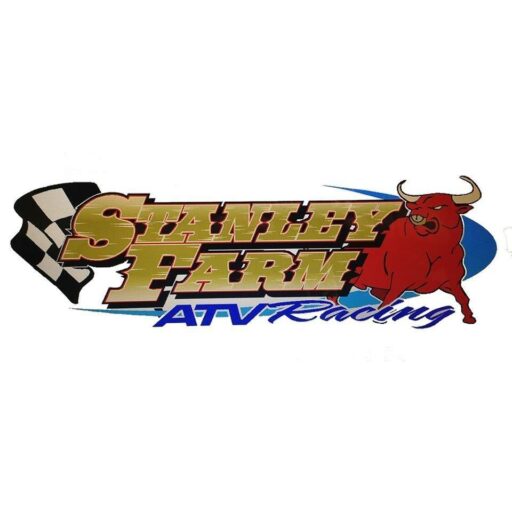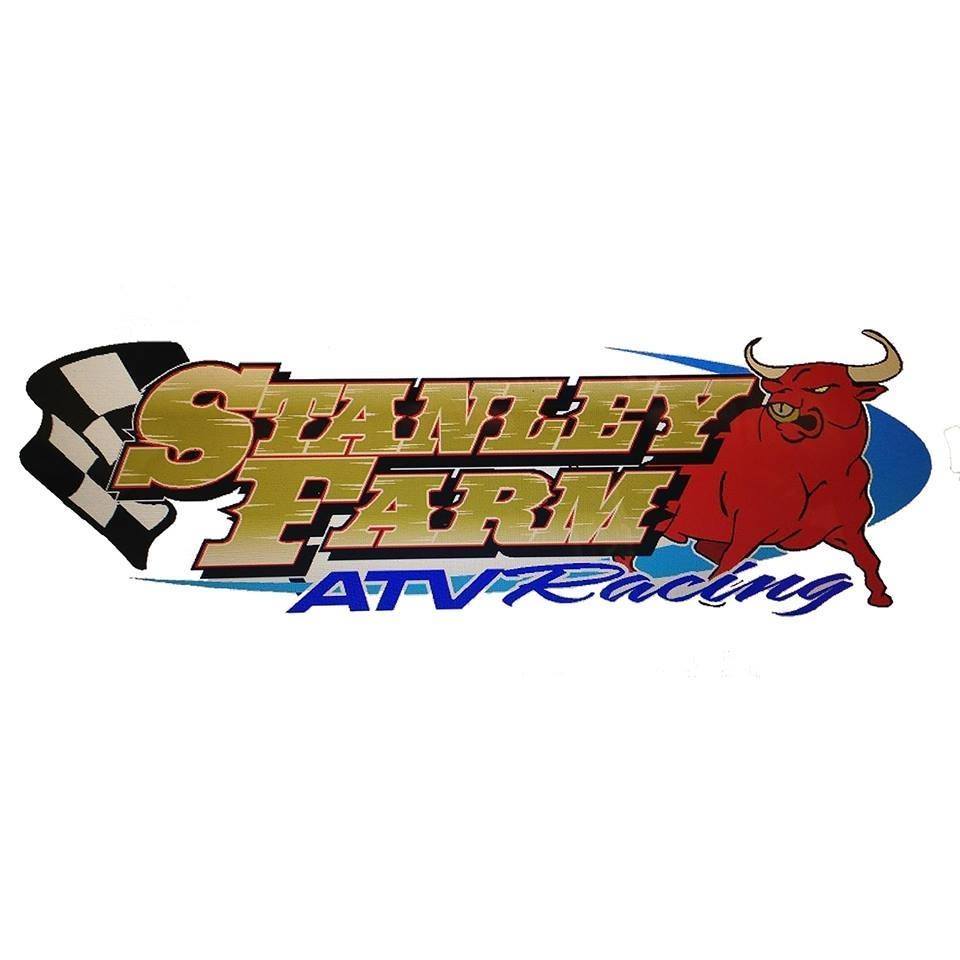Introduction
Ever hopped on your ATV and wondered if you knew all the safety rules to keep yourself—and everyone else—out of harm’s way? As a farmer, your ride isn’t just about fun; it’s about getting work done safely on rugged terrain. That’s why mastering these 9 safety rules is critical before you twist the throttle.
In this guide, we’ll walk through essential safety rules every farmer should know, from gearing up right to communicating with fellow riders. By the time you finish, you’ll feel confident tackling fields, hills, and mud—armed with a checklist of safety rules that can save lives.
Safety Rule 1: Wear Proper Safety Gear
When it comes to safety rules, gear is rule number one. Skipping protective equipment is like driving a tractor blindfolded—you wouldn’t, right?
Helmets, Gloves, and Protective Clothing
Your helmet is non-negotiable: a high-quality helmet can be the difference between a minor bump and a serious head injury. Pair that with gloves, sturdy boots, and padded jackets to shield against branches, falls, and flying debris. Incorporating the right ATV accessories is part of a strong gear setup—check out essential ATV accessories to build your safety kit.
Choosing the Right ATV Accessories
Not all gear is created equal. When selecting knee guards, eyewear, or jackets, look for durability and comfort. Your protective clothing should let you move freely while guarding against scrapes and impacts. These safety rules around proper gear aren’t just recommendations—they’re lifesavers.
Safety Rule 2: Inspect Your ATV Before Every Ride
One of the top safety rules? Never ride a machine you haven’t checked. Inspections catch problems early and prevent breakdowns or accidents out in the field.
Pre-Ride Checklist Essentials
Before every ride, walk around your machine. Check tire pressure and tread, fluid levels, brakes, lights, and throttle response. A quick glance under the hood can reveal leaks or loose bolts that spell trouble. If you’re unsure where to start, our How-To Guides walk you through each step.
Maintenance and Repairs for Peak Performance
Performing regular maintenance keeps your ride reliable. When something feels off, dive into Maintenance & Repairs tips to fix issues promptly. Logging each service in a maintenance log helps you track patterns and prevents unexpected failures. Embracing these safety rules around upkeep creates a machine you can depend on.

Safety Rule 3: Understand Your Terrain and Conditions
One of the most overlooked safety rules is knowing exactly where and how you’re riding. Farm landscapes change—mud turns slick after rain, and ruts can hide under tall grass.
Off-Road Farming Hazards
Fields may look smooth, but they harbor holes, rocks, and hidden ditches. If you frequently ride rough routes, check out tips on Off-Road Farming to spot hazards early. Wet conditions? That mud pit you love could become a slip-and-slide if you’re not careful.
Adjusting Riding Style for Different Terrains
Adapt your speed and stance to each surface. On slopes, shift your weight uphill; in mud, keep momentum steady. Understanding these safety rules for terrain means you’ll spend less time stuck and more time productive on your farm equipment.
Safety Rule 4: Follow Manufacturer’s Guidelines
Your ATV’s maker knows the machine best. Skipping the owner’s manual steps is one of the biggest breaches of safety rules.
Using 2025 Models Safely
New 2025 models come with updated features—sometimes unique braking systems or engine controls. Familiarize yourself with these upgrades before hitting the trail. Each design tweak requires a slight adjustment in your riding approach.
Reading the Owner’s Manual Thoroughly
That thick manual isn’t bedtime reading—it’s your roadmap to safe operation. From recommended oil types to load limits, the manual spells out safety rules you can’t afford to ignore.
Safety Rule 5: Ride Within Your Skill Level
Feeling invincible? That can quickly turn dangerous. One of the wisest safety rules is knowing—and respecting—your limits.
Farm Riding Tips for Beginners
If you’re new to the seat, start slow. Gear up, pick a clear field, and practice turning, braking, and throttle control. Browse Farm Riding Tips for techniques that build confidence without risking injury.
Gradual Skill Progression
Don’t jump straight into steep hills or water crossings. Add challenge incrementally: once you master flat terrain, move to low slopes, then tackle more complex obstacles. These safety rules will guide your progression so you stay safe and skilled.
Safety Rule 6: Maintain Safe Speed and Distance
Speed thrills—but it also kills. One of the golden safety rules is controlling your pace and keeping space.
Preventing Collisions and Rollovers
High speed reduces reaction time. Traveling too fast over uneven ground invites rollovers. Always travel at a speed where you can stop or turn to avoid obstacles—especially when hauling heavy loads on your heavy-duty ATVs.
Group Riding Considerations
Riding in groups? Keep at least three to five seconds of gap between you and the rider ahead. This buffer is a key safety rule that prevents pileups when someone slows unexpectedly.
Safety Rule 7: Use Proper ATV Attachments and Cargo Securing
Farming often means hauling tools and supplies. One of the most critical safety rules involves loading and securing cargo.
Productivity Gear for Safe Loads
Explore Productivity Gear attachments designed for farming tasks. From skids to sprayers, using the right ATV attachments ensures weight stays balanced.
Securing Farm Equipment Safely
Strap down all equipment tightly. Loose gear can shift mid-ride, throwing off balance. Follow safety rules for cargo: tie-down points, ratchet straps, and check security at every stop.
Safety Rule 8: Never Ride Under the Influence
Operating an ATV impaired is both illegal and foolish. This critical safety rule protects you and your farmhands.
Impact on Reaction Time and Judgment
Alcohol and drugs dull reflexes and blur decisions. Even a small amount can compromise your ability to judge terrain or react to obstacles. Avoid impairment entirely when you’re behind the handlebars.
Farm Policies and Best Practices
Implement a zero-tolerance policy on your farm. Make it a standard safety rule: no riding under the influence, no exceptions. Reinforce this in your how-to guides and team meetings.
Safety Rule 9: Stay Visible and Communicate Intentions
Last but not least, your fellow riders need to see you—and vice versa. Communication is a cornerstone of safety rules.
Lights, Signals, and Hand Cues
Equip your machine with working headlights and brake lights. Use hand signals or a radio to indicate stops or turns. Visibility gear—like reflective vests—helps others spot you from a distance.
Communication with Other Riders
Before group rides, agree on signals for hazards, stops, and emergencies. Clear communication reduces confusion and ensures everyone follows the same safety rules on the trail.
Conclusion
Farming and ATV riding go hand in hand, but without the right precautions, your daily work can turn perilous. These 9 safety rules provide a solid framework to protect you, your crew, and your equipment. From gearing up with ATV accessories to respecting your skill level and following manufacturer guidelines, each rule builds on the last to create a safe riding routine.
Remember, safety rules aren’t optional—they’re the foundation of every successful, injury-free farm operation. Bookmark this guide, share it with your team, and keep these principles top of mind before every ride.
FAQs
1. What is the most important safety rule for ATV riding on a farm?
The top rule is wearing proper protective gear—helmet, gloves, and boots—every time you ride.
2. How often should I inspect my ATV before riding?
Perform a quick pre-ride inspection before every ride, checking tires, fluids, brakes, and lights.
3. Can I modify my ATV without voiding safety guidelines?
Only use attachments and upgrades approved by the manufacturer. Unauthorized modifications may void warranties and compromise safety.
4. What’s the best way to secure cargo during farm work?
Use sturdy tie-downs and approved farm equipment racks designed for your ATV’s payload capacity.
5. Are there specialized ATVs for eco-friendly farming?
Yes, explore electric ATVs and green tech options for low-impact, sustainable farming.
6. How can beginners learn safe riding practices?
Start with basic drills in a controlled area, then follow expert farm riding tips and consider a formal training course.
7. Where can I find detailed maintenance guides?
Check out our comprehensive Maintenance & Repairs section and keep a digital maintenance log for tracking service.
2/2
o4-mini


